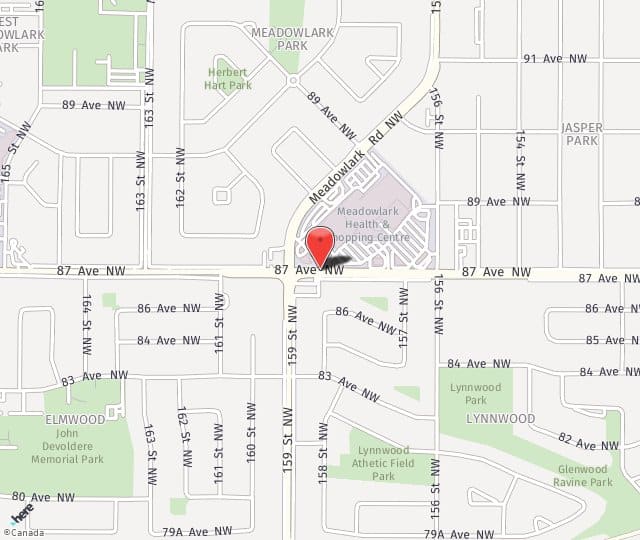Women who want to treat symptoms such as back/neck pain, poor posture and difficulty with exercise and activity or who are unhappy about having large breasts may benefit from reduction mammaplasty (breast reduction), during which fat, glandular tissue and skin are removed from the breasts. The resultant smaller breasts increase patient comfort, and look more in proportion to the rest of the body. Ideal candidates for reduction mammaplasty are women with oversized breasts that are causing medical problems, low self-esteem, and/or physical or social discomfort. Women who are pregnant or breastfeeding cannot undergo reduction mammaplasty.
The Reduction Mammaplasty Procedure
Reduction mammaplasty is performed under general anesthesia. One of the following incisions is often used:
- Two rings, one larger than the other, around the areola
- A keyhole shape, around the areola and down to the breast crease
- An anchor shape, beginning in the breast crease, and extending up to and around the areola
After the incisions are made, breast skin/tissue is removed and reshaped to achieve the desired breast contour. The nipple and areola are moved higher on the breast and/or resized. Excess skin is trimmed to create a tighter, more defined appearance. Incisions are closed in layers using dissolvable sutures. The incisions are then dressed with steri strips, dry gauze and tape. Drains are not used.
Recovery From Reduction Mammaplasty
For a few days postsurgery, most patients feel tired and sore. Many can return to work within 1 to 2 weeks provided they are not lifting greater than 5 pounds. Exercise and other strenuous activity should be avoided for at least one month.
Sutures do not need to be removed and dissolve on their own over the course of weeks to months. Postoperative pain, swelling and sensitivity diminish during the first few weeks. Scars begin to fade within the first months and continue to improve and become less conspicuous over time. Scars can take 1 to 2 years to mature to their final appearance.
The results of reduction mammaplasty are noticeable immediately after surgery. As swelling and bruising subside, breast appearance improves. Scars fade with time, and usually cannot be seen when a patient wears a bathing suit or low-cut top.
Risks Of Reduction Mammaplasty
In addition to the risks associated with any surgery, risks specifically related to reduction mammaplasty, depending on the technique used, can include the following:
- Loss of sensation to breast skin and/or nipple
- Hypertrophic/pathological scarring
- Breast asymmetry
- Excessive firmness
- Inability or difficulty with breast-feeding
- Separation where incisions meet (dehiscence)
- Loss of skin/tissue where incisions meet
- Partial or total loss of areola and nipple
Although reduction mammaplasty provides long-lasting results, breasts are still subject to the effects of aging and gravity. Postoperative weight gain or pregnancy can lead to enlargment of the breasts and possibly the need for revision surgery.

